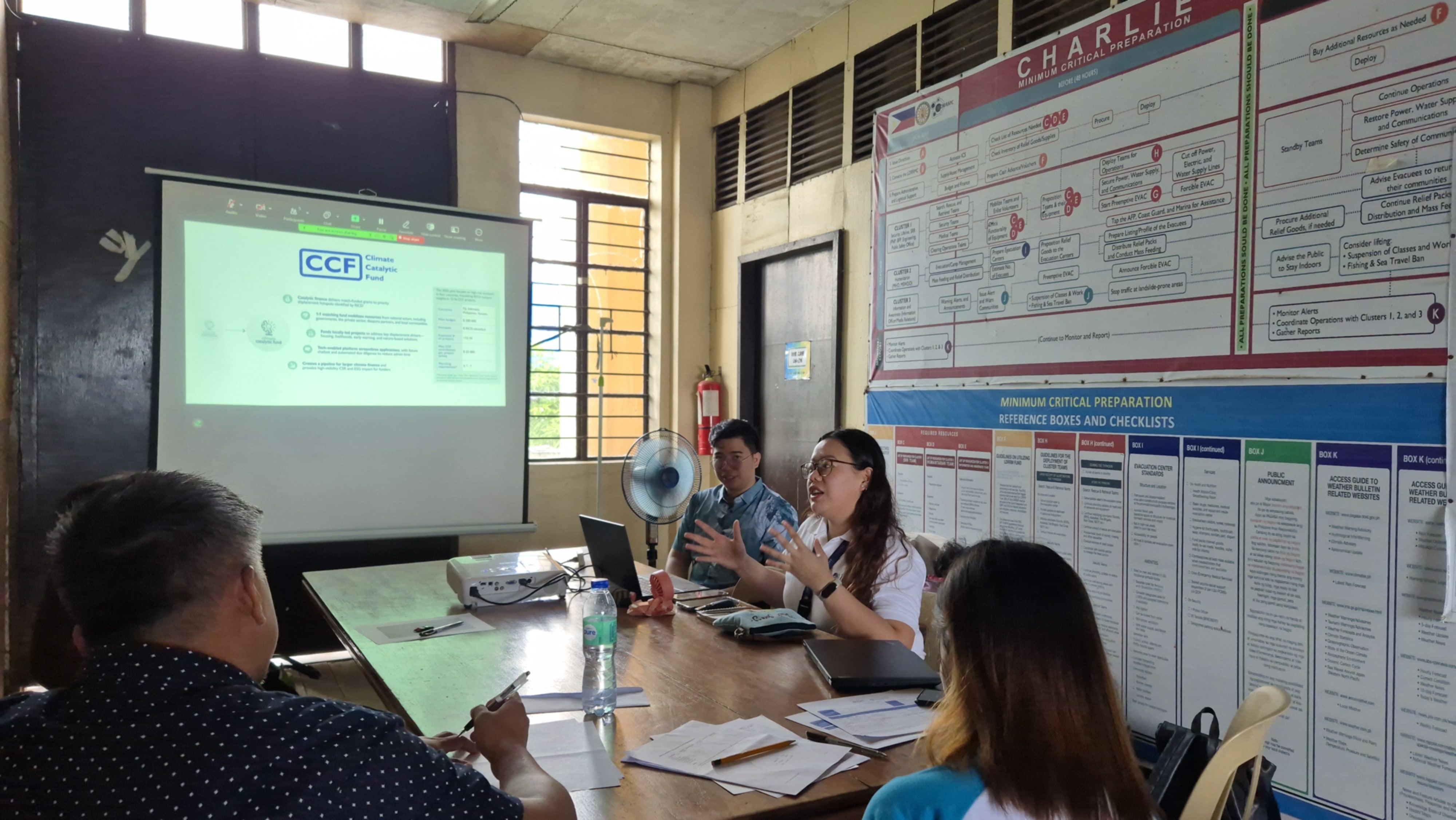
The University of the Philippines (UP) Resilience Institute (UP RI) – Nationwide Operational Assessment of Hazards (UP NOAH) Center and the International Organization for Migration (IOM) Philippines went to the Province of Catanduanes on August 4 and 5, 2025 to present updates about the Risk Index for Climate Displacement (RICD) project. The Municipality of Bagamanoc in Catanduanes was one of the two pilot areas for this study, along with the Municipality of Rodriguez in Rizal. The RICD is a tool designed to forecast potential climate-induced displacement to get a better understanding of the impacts of climate change and migration. Earlier this year, teams of researchers from both the UP RI and the IOM visited the pilot municipalities. They conducted household surveys and interviews with the affected communities, as well as some relevant local government officers, to gather insights and other data about their experiences on climate-related displacement.
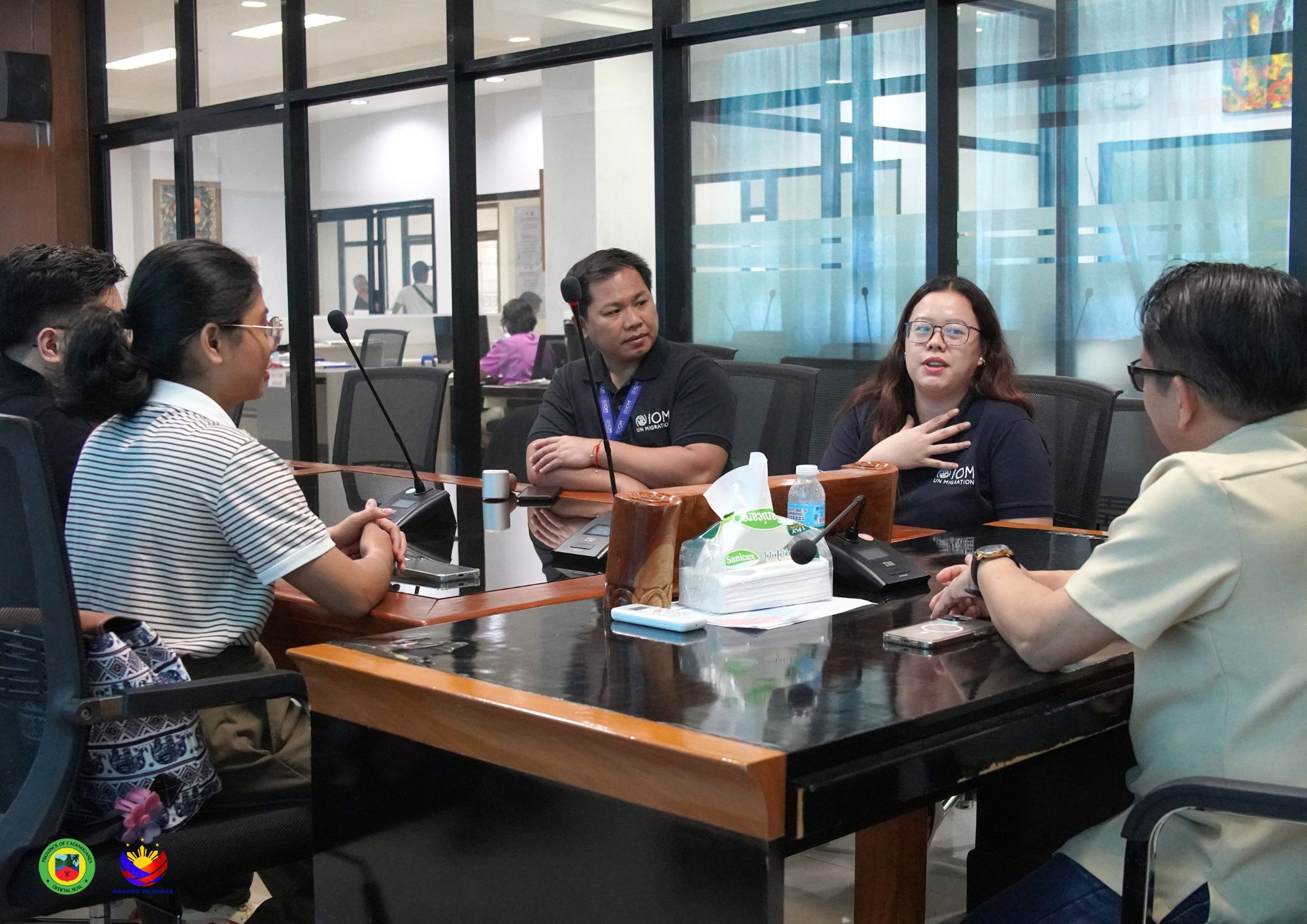
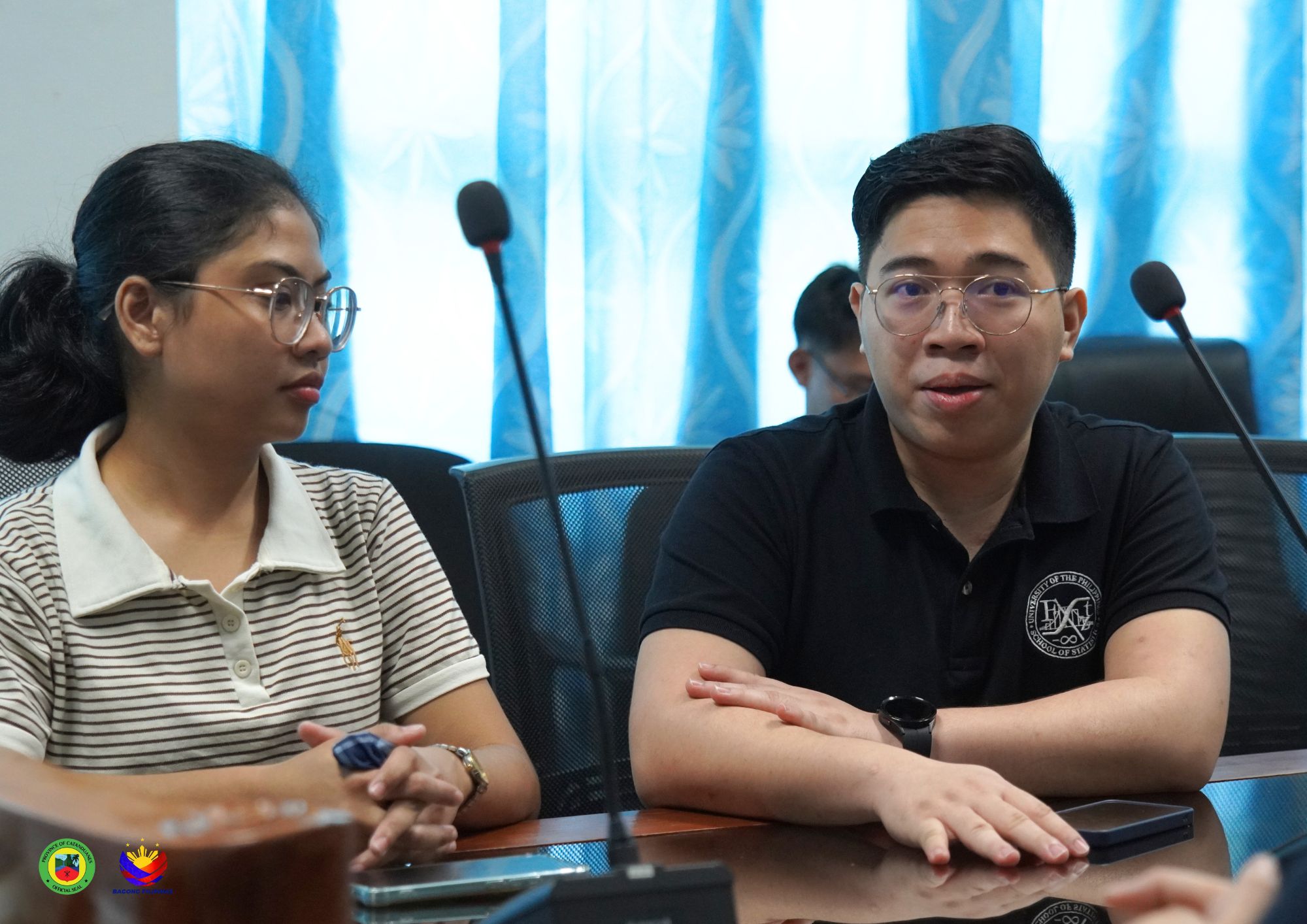
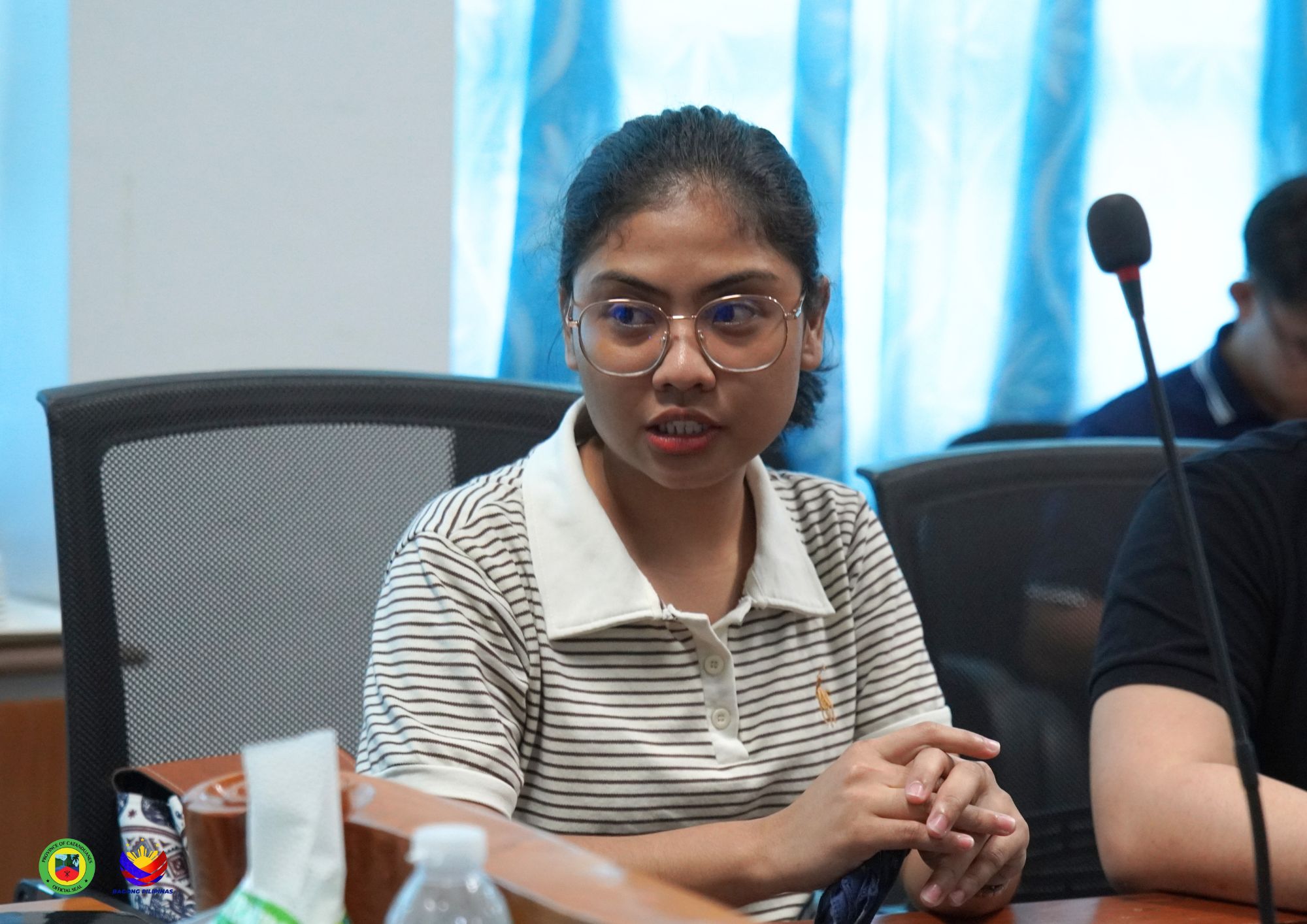
The first stop of the 2-day visit was the Catanduanes Provincial Capitol where they met with Governor Patrick Alain T. Azanza. A few months ago, Gov. Azanza visited the UP RI – NOAH Center and met with UP RI Director, Dr. Alfredo Mahar Lagmay, to check on possible collaborations, particularly in developing Science-based and sustainable programs for Catanduanes. Present for UP RI were Engr. Leony Ann Timbal from the Flood Modelling Component and Mr. Siegfred Roi Codia, a Fellow of the institute. IOM was represented by Ms. Kimberly Go Tian and Mr. Rodel Cabaddu. Aside from the courtesy visit, the team presented to the governor the main concepts of the RICD project and updated him on the progress of the ongoing study. They also showed some of the flood hazard maps of Bagamanoc with different rainfall scenarios.
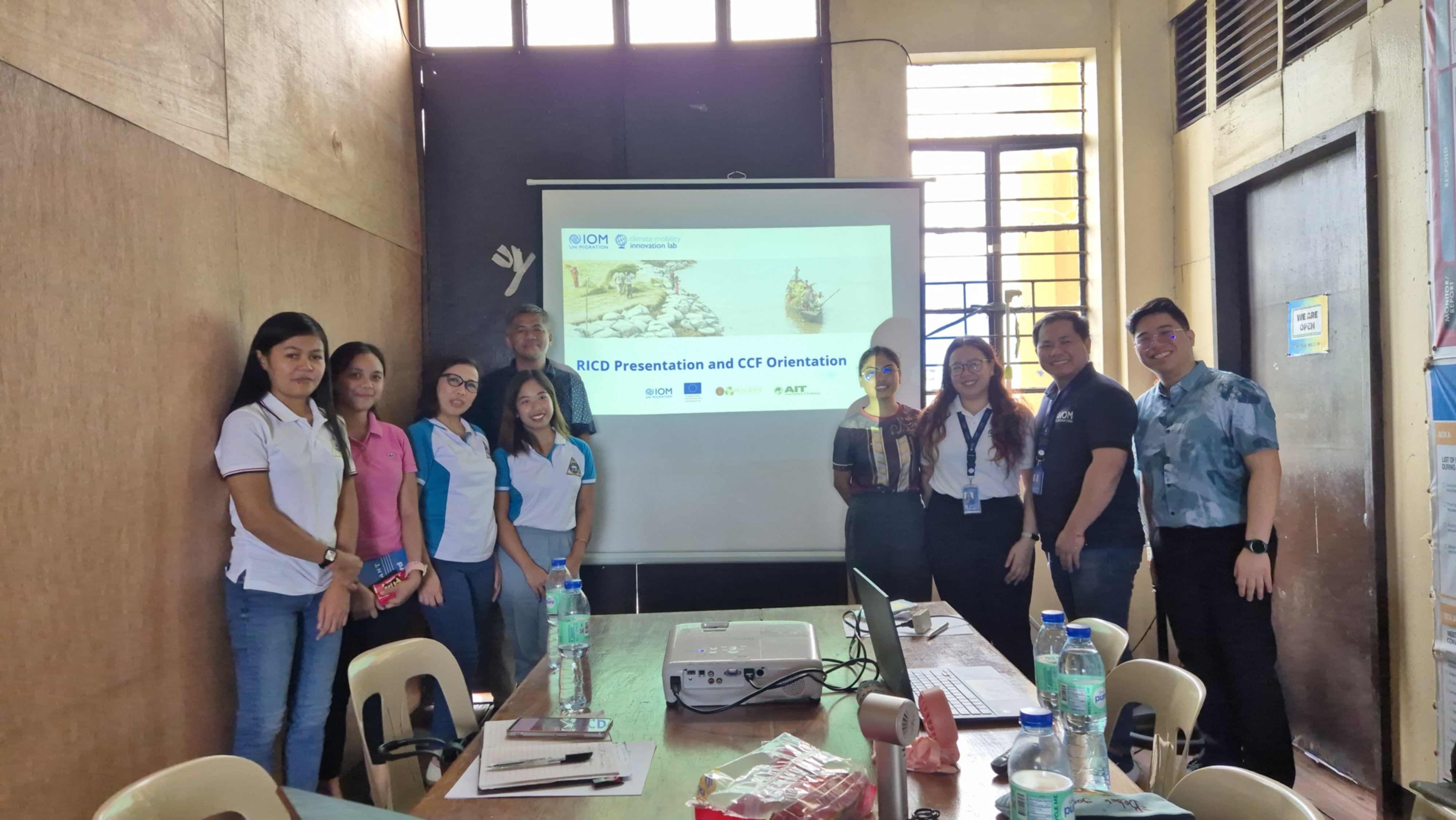
On August 5th, the team visited the Municipality of Bagamanoc to meet with the relevant local offices and present the analysis of the data gathered a few months ago. Representatives from the Municipal Social Welfare and Development Office (MSWDO), Municipal Disaster Risk Reduction and Management Office (MDRRMO), Municipal Planning and Development Office (MPDO), Municipal Health Office (MHO), and Bagamanoc LGU were present in the meeting. Engr. Timbal presented the Macro-level analysis done for the study, highlighting the selection process in identifying high-risk areas or “hot spots” in the Philippines. In this level of analysis, slow- and rapid-onset hazards, exposure, sensitivity, and a community’s adaptive capacity were examined.

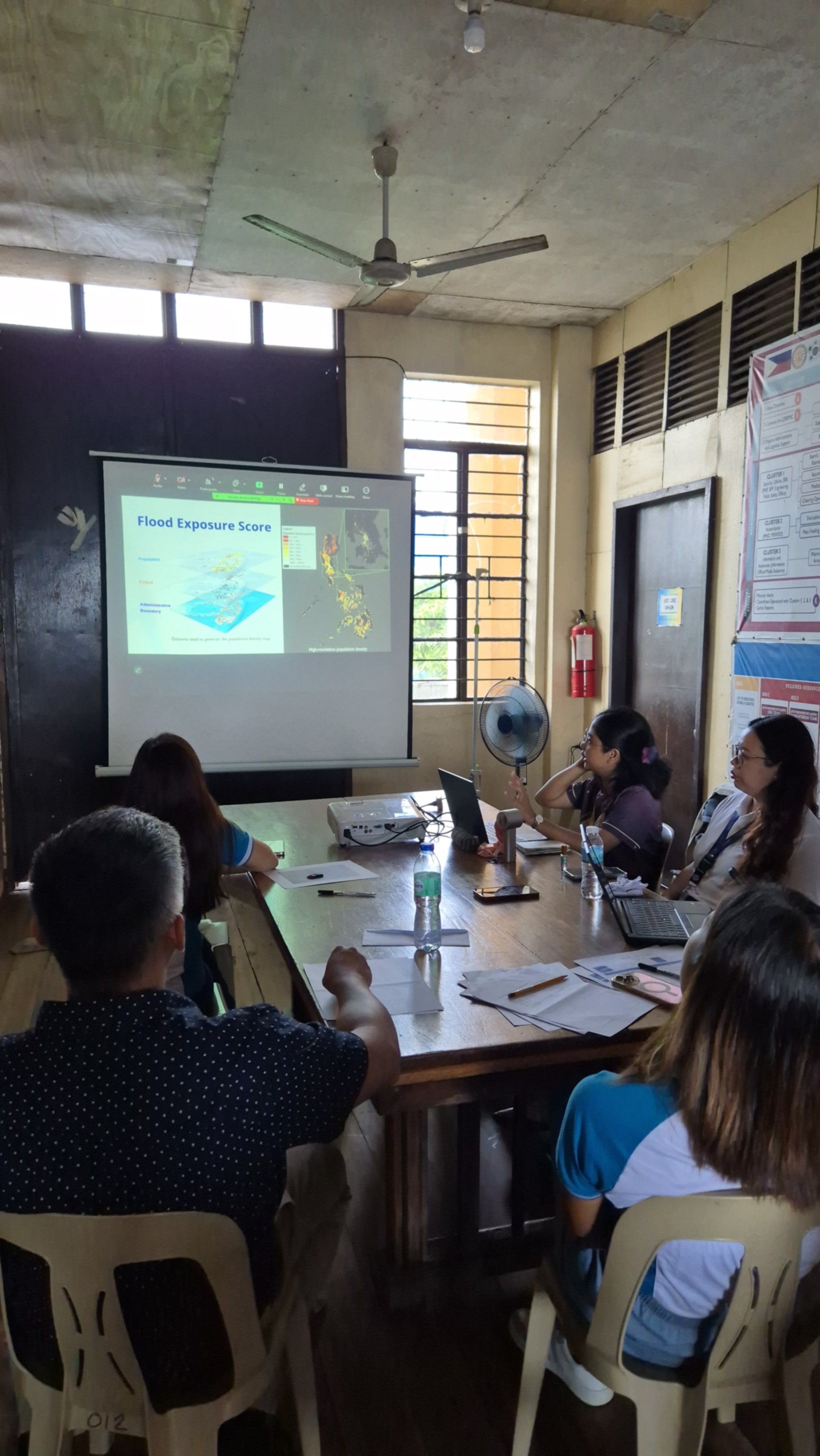
Mr. Codia gave the presentation for the Micro-analysis, focusing on the impacts of climate change on livelihood, housing, and other possible challenges before, during, and after disasters. He also highlighted the idea of identifying the tipping points that may trigger forced or by choice displacements, especially those cases that are due to natural hazards. The IOM team discussed Climate Catalytic Fund (CCF), an initiative supporting communities in high-risk areas.

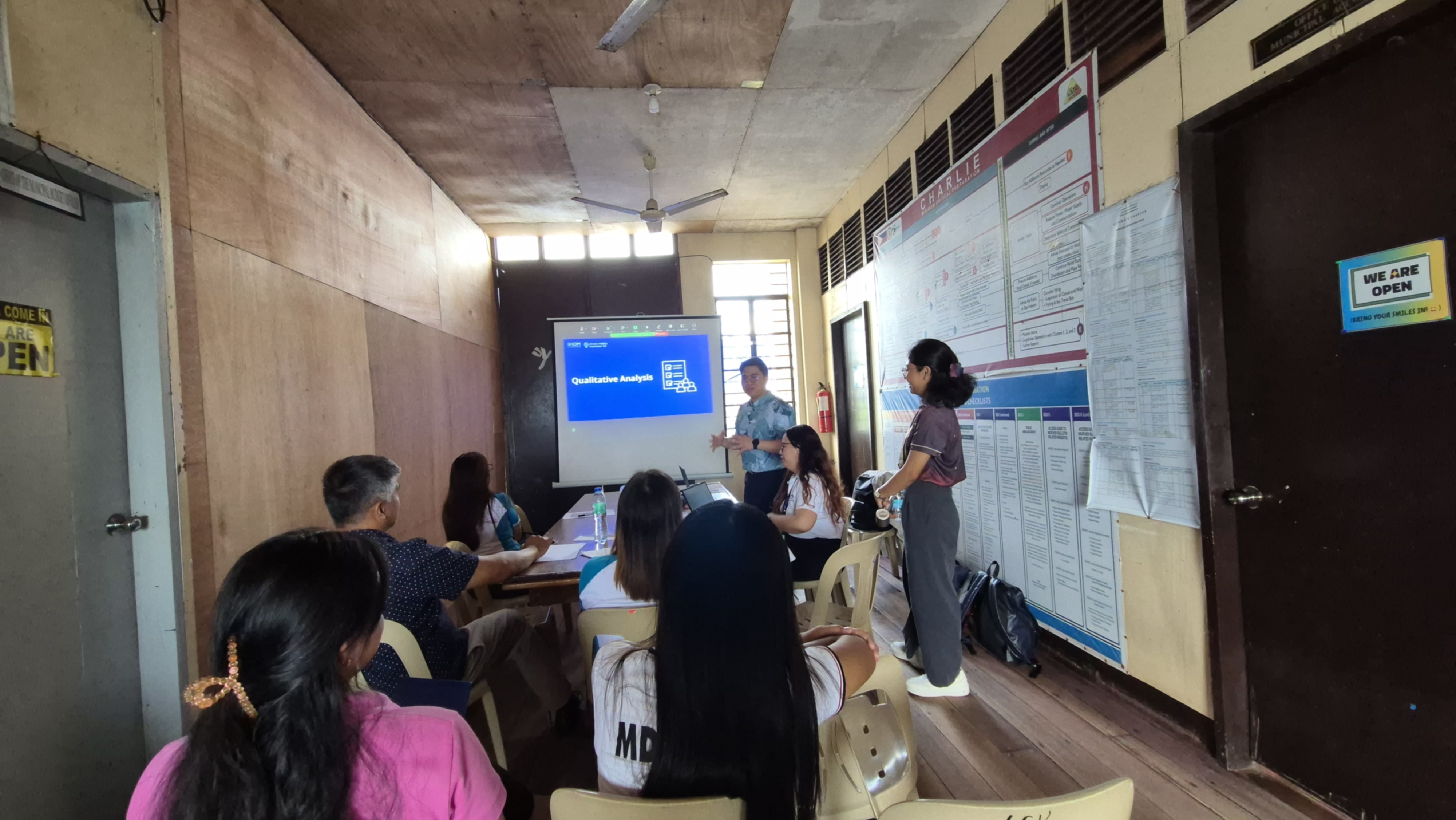
UP RI has always been in the forefront of finding different approaches in disaster resilience and mitigating the effects of climate change, such as the RICD. The institute is geared towards providing informed, data-driven, Science-based strategies and solutions not only to lessen the number of affected people, but to sustain a decent living condition despite the presence of natural hazards.
